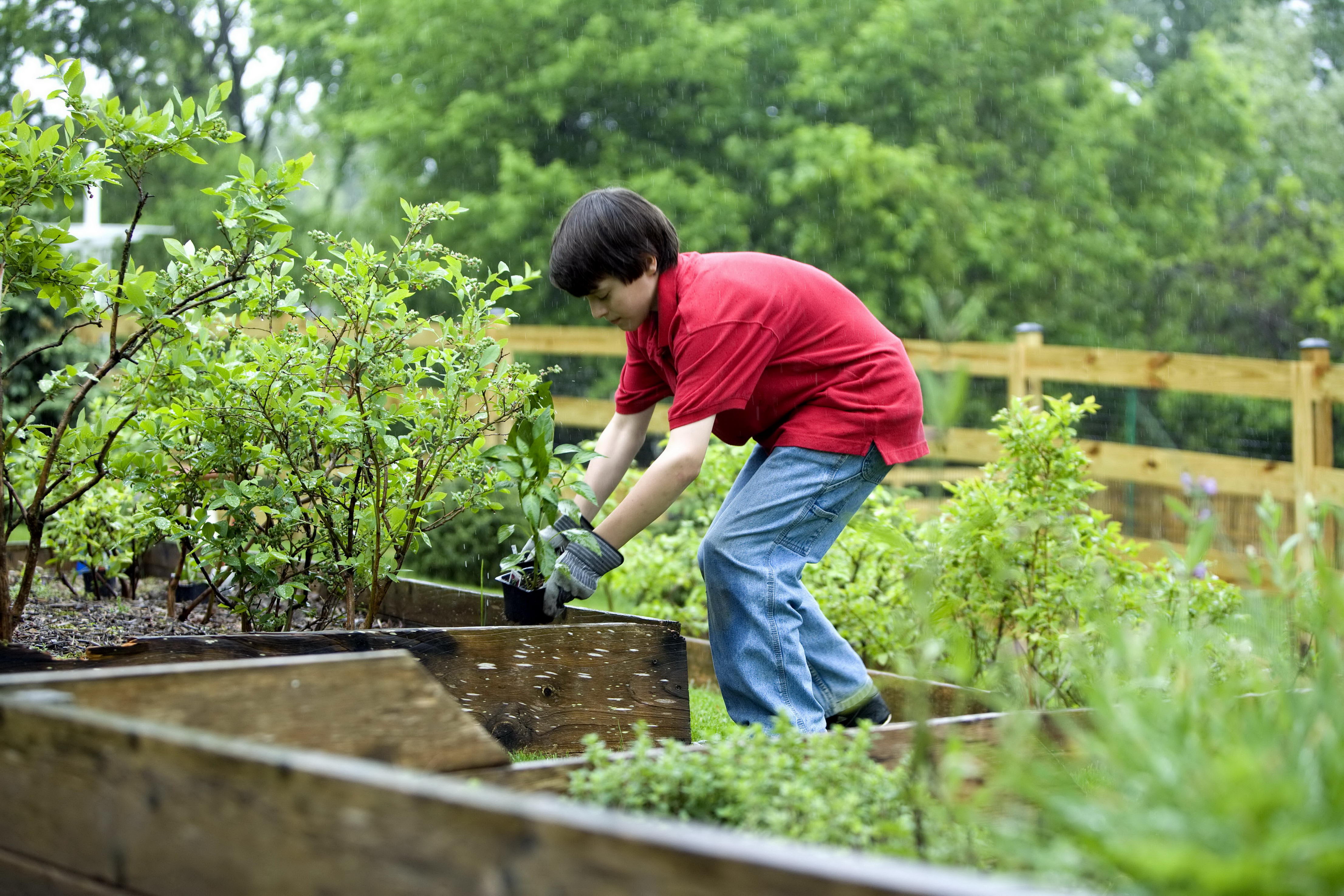Mastering Raised Bed Gardening, Beginner's Guide

Mastering Raised Bed Gardening for Beginners
So, you've decided to dive into the world of gardening, but you're not quite ready to commit to a traditional in-ground garden? Raised bed gardening might just be your perfect solution! It's a fantastic way to start your green thumb journey, and it's especially great for beginners. Let's roll up our sleeves and get started!
Why Choose Raised Bed Gardening?
Before we dive into the nitty-gritty, let's talk about why raised bed gardening is perfect for beginners.
- Easier to manage: Raised beds are smaller and more contained, making them easier to tend to and maintain.
- Better soil control: You can fill your raised beds with fresh, nutrient-rich soil, free from weeds and pests that might be lurking in your yard's soil.
- Improved drainage: Raised beds allow for better water drainage, preventing waterlogging and root rot.
- Accessibility: They're perfect for people with mobility issues or those who want to garden while sitting down.
Soil Preparation: The Foundation of Your Garden
The first step in raised bed gardening is preparing your soil. Remember, the better your soil, the better your plants will grow!
Choosing the Right Soil
A good raised bed mix should be lightweight, well-draining, and rich in organic matter. A common mix is:
- 60% topsoil or garden soil: This provides structure and nutrients.
- 30% compost: This improves soil structure, adds nutrients, and promotes healthy plant growth.
- 10% potting soil or peat moss: This aids in drainage and adds air space to the soil.
Filling Your Raised Bed
- Measure your bed: Calculate the volume of your raised bed to determine how much soil you'll need.
- Mix your soil: Combine your ingredients in a large container or wheelbarrow.
- Fill your bed: Add your soil mix to your raised bed, leaving some space for watering and plant growth.
Garden Design: Plan Before You Plant
Before you start planting, take some time to plan your garden design. This will help you make the most of your space and ensure your plants thrive.
Consider Plant Size
When planning, consider the mature size of your plants. Make sure to leave enough space for them to grow without overcrowding.
Companion Planting
Group plants together that have similar needs and benefit each other. For example, tomatoes and basil make great companions!
Succession Planting
Plan to plant fast-growing crops like lettuce and radishes in the same space as slower-growing crops like tomatoes and peppers. This way, you'll get more harvests from your raised bed.
Planting Techniques: Getting It Right
Now that your soil is prepared and your garden is planned, it's time to start planting!
Planting Seeds
- Direct sow: Some plants, like beans and carrots, should be planted directly into the soil.
- Start indoors: Other plants, like tomatoes and peppers, should be started indoors before transplanting.
Transplanting Seedlings
- Hardening off: Before transplanting, gradually introduce your seedlings to outdoor conditions to prevent shock.
- Planting depth: Plant seedlings at the same depth they were in their pots.
- Watering: Water your transplants thoroughly after planting.
Watering Tips: Keep Your Plants Happy
Watering is crucial for your raised bed garden. Here are some tips to keep your plants happy and healthy:
- Water deeply: Water your plants thoroughly, ensuring water reaches the roots.
- Water regularly: Water your plants consistently, especially during hot, dry periods.
- Mulch: Add a layer of organic mulch to help retain moisture and suppress weeds.
Vegetable Gardening: What to Grow
Raised beds are perfect for growing a variety of vegetables. Here are some great options for beginners:
- Leafy greens: Lettuce, spinach, and kale are easy to grow and can be harvested quickly.
- Root vegetables: Carrots, beets, and radishes are great for raised beds.
- Tomatoes: With proper support, tomatoes can thrive in raised beds.
- Peppers: Both sweet and hot peppers do well in raised beds.
Troubleshooting Common Issues
Even with the best care, issues can arise. Here are some common problems and solutions:
- Wilting plants: This could be a sign of overwatering or underwatering. Adjust your watering schedule as needed.
- Yellowing leaves: This could be a sign of nutrient deficiency. Add some compost or a balanced fertilizer to your soil.
- Pests: Inspect your plants regularly for signs of pests. Use organic or chemical controls as needed.
Inspiration from the Experts
For more tips and tricks, check out this guide from Gardeners.com: Raised Bed Gardening
Conclusion
Raised bed gardening is a fantastic way to start your gardening journey. With the right soil preparation, garden design, planting techniques, and watering tips, you'll be well on your way to a bountiful harvest. So, grab your gloves and let's get gardening!
FAQs
-
Q: How deep should my raised bed be? A: Most raised beds are between 6 to 12 inches deep. This depth allows for good root growth and easy access to plants.
-
Q: What can I use to build my raised bed? A: You can use a variety of materials to build your raised bed, including wood, concrete blocks, or even recycled materials like plastic containers.
-
Q: Can I grow fruit trees in a raised bed? A: While it's possible, it's not recommended. Fruit trees have deep root systems and require more space than a typical raised bed can provide.
-
Q: How many plants can I grow in a raised bed? A: This depends on the size of your raised bed and the plants you're growing. A good rule of thumb is to plant about 16 plants per square foot.
-
Q: Can I grow plants in a raised bed year-round? A: In warmer climates, it's possible to grow plants year-round in a raised bed. In colder climates, you may need to protect your plants or grow them in a greenhouse.
0 Response to " Mastering Raised Bed Gardening, Beginner's Guide"
Post a Comment